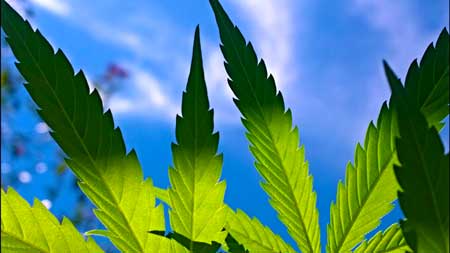This is about as bare bones basic as it gets. They are all over the place, the only thing that really changes is one or two heatsinks, and what kind of LED's you want on the board. They come with a dimming knob, and are pretty straight forward. You avoid paying a premium, but are stuck with long shipping and some "assembly" (I use that term loosely)
Announcement
Collapse
No announcement yet.
How important is a dimmer on LED lights?
Collapse
X
-
-
That’s ready to run longer wires to the driver if you want it out of the tent in hot climates.
-
Yeah I've seen some guys relocate them. I'd probably just space it up off the heatsink and point a fan down on it, use it as some radiant heat. I also never see anybody applying thermal paste between the back of the PCB and the heatsink. HUUUUUUUUGE gains to be had from just that extra 2 minutes. Sure it's messy, but I know I'll be doing it. No brainer, better transfer = cooler board.
-
-
Perhaps the most important aspect of your lighting (bedsides color spectrum and intensity at specific stages of growth) is the PPFD over your entire canopy from edge to edge. Of course we all try to achieve that by training our plants to have as even a canopy as possible, but an even PPFD requires eliminating the "cone of light" that most single lights produce, just as much if not more than an even canopy does. They work hand in hand.
PPFD is the measurement of PAR delivered to a specific area at a specific height, say 28" above the canopy.
It is really the only true measurement of how much light is being delivered to enable photosynthesis over every square meter. It is expressed in umols/m2/sec_it describes how much PAR is delivered to each square meter of canopy.
For instance, I'm using SPYDRX Plus lights, the LEDs are distributed over a 4x4' grid so everything under each grid light has exactly the same PPFD in the 4x4' footprint directly below the lights. Attached are two charts_one showing how the PPFD varies according to the distance the lights are above the canopy. For instance the SPYDRX PLUS lights produce 594 PPFD at 18" over every square foot in the 16 Sq.ft area below each light (other models of lights are also listed). The dimmer chart shows how the PPFD can be varied by using the dimmer. The Intensity chart shows the optimum PPFD for different stages of cannabis.
I've got tons of information on lighting if you'd like more.
I'd recommend getting lights from a manufacturer that publishes the PPFD their lights produce at specific heights and a "map" that visually shows how much falloff there is beyond the dimensions of the light itself when hanging over the canopy at specific heights as well.
Affordability is also, obviously, an influencing factor too.
And of course if its in your budget you should get a light/s that will provide between 100 to over 600 PPFD for every stage of growth.
I've found that my SPYDRX plus at 12-18" (594-745PPFD) is perfect for flowering.
Hope that helps. Happy growing!
Current grow_ coco based medium, Fluence LED lights, AIT, 5 gallon planters,
liquid organic nutrients by Advance Nutrients and Vegamatrix. Strains_ Exodus Cheese (feminized), Meltdown (regular) and Caesar (regular).
- Likes 1
Comment
-
Everything in a grow needs to be in sync and doing well. You can't just blast a plant with 1,000+ PPFD. If ANYTHING is off at all, they will burn up and not soak up the energy. If nutrients are wrong they will starve or burn up the leaves trying to consume the light. Or simply run out of oxygen. 750 is a good sweet generally safe spot. See a lot of people nuking plants with too much light
-
Yeah, I agree with dropinbiking_ I've found that around 700-800 PPFD is really nice for flowering. If you go over 1000 PPFD then you'll need to supplement with CO2 to notice any real difference. Tolerance is also an important factor_that's an issue I've had to deal with too when growing different strains under the same lights. But I like the variety, so I just deal with it by adjusting the height and or intensity of the lights. The one good thing about my grow space is that it has a 9' ceiling so I can get the lights up pretty high if necessary..
Yes_ the "reproductive" is for flowering.
If I'm working at home then I might raise and lower the lights for a few hours_ give them a blast of more intense light, then back it off. Just have to be careful.
I like to keep my lights at full power for the last 4 weeks because the higher the PPFD the deeper your light penetrates.
If you see any signs of light burn on the leaves or worse on the buds (the pistils will get bleached out....kinda "albino"_like)- then back off the lights or decrease intensity.
And of course there is the issue of genetics.....I've had the same strain express itself differently in height, cola formations, maturity, etc.
But then that's just part of the experience, for me anyway!

Comment